First of all, we would like to thank Olivier Raynaud for allowing us to visit his tannery in Lacabarède (81240). The discovery of the tannery and the treatment plant was very enriching. Between traditional know-how and modernity, this company continues to increase its ecological approach to reduce pollution and promote sustainable development.
Tanning: what is its process and evolution?
It is important to note that tanning is a long process that starts well before leather processing in tanning. Indeed, the first step is to extract the skin from its carcass and examine its quality : does it have coarse defects such as scars and scratches, or is it exploitable?
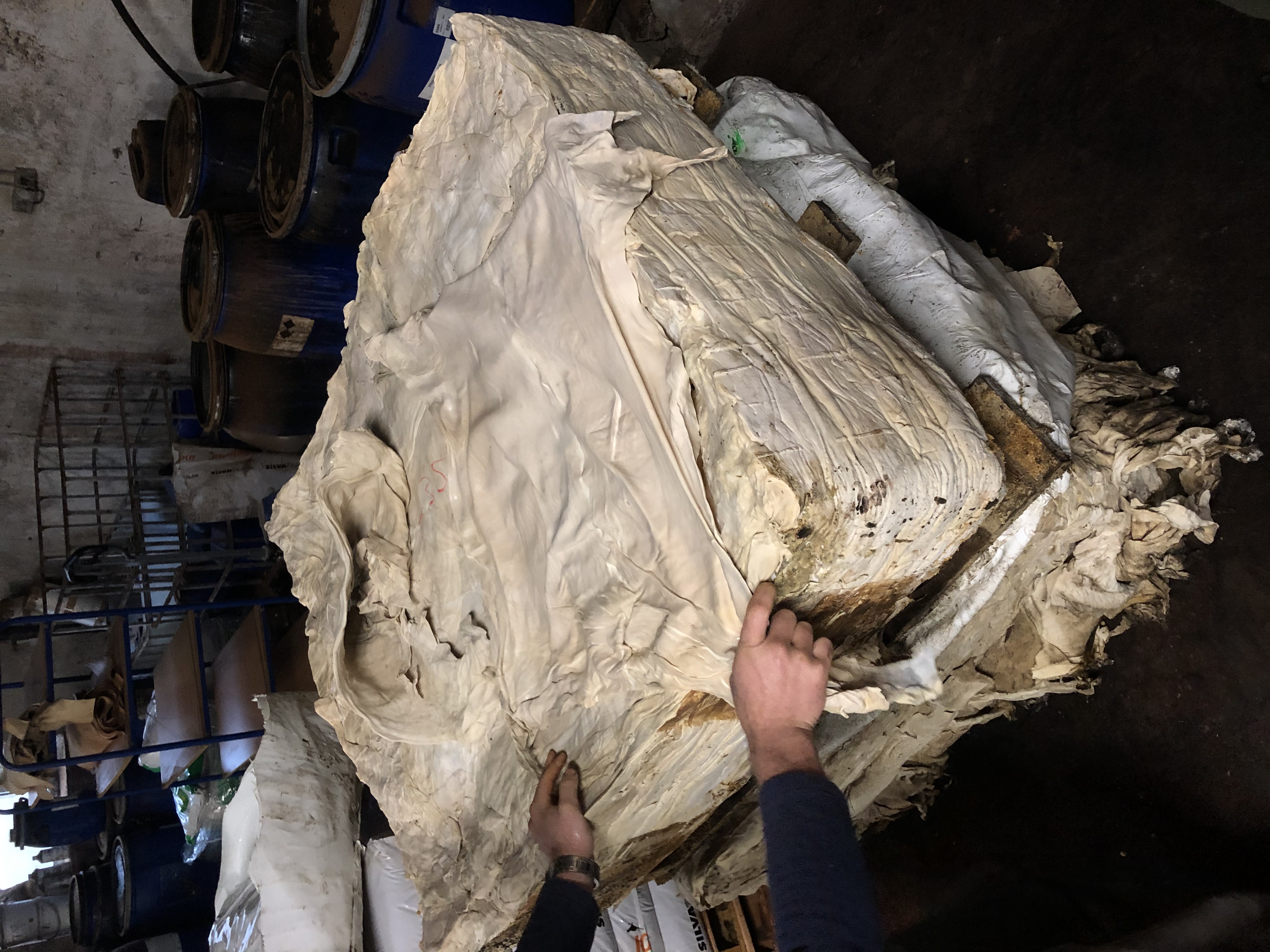
In a second time, the skin is covered with salt to promote its preservation. Once the raw skin is recovered, it is essential to remove the hair by submitting it to the "pelanage". (peel)
Pelanage: what does this method consist of?
The "pelanage" (peel) consists of immersing the skins in a tank with chemical solutions, with the aim of stretching it, until it swells slightly. Therefore, the skin will relax and release the hair that will fall following the regular rotations of the "foulon" (tank). This work, once done, transforms the raw skin into tanned skin. In other words, the river work is complete.
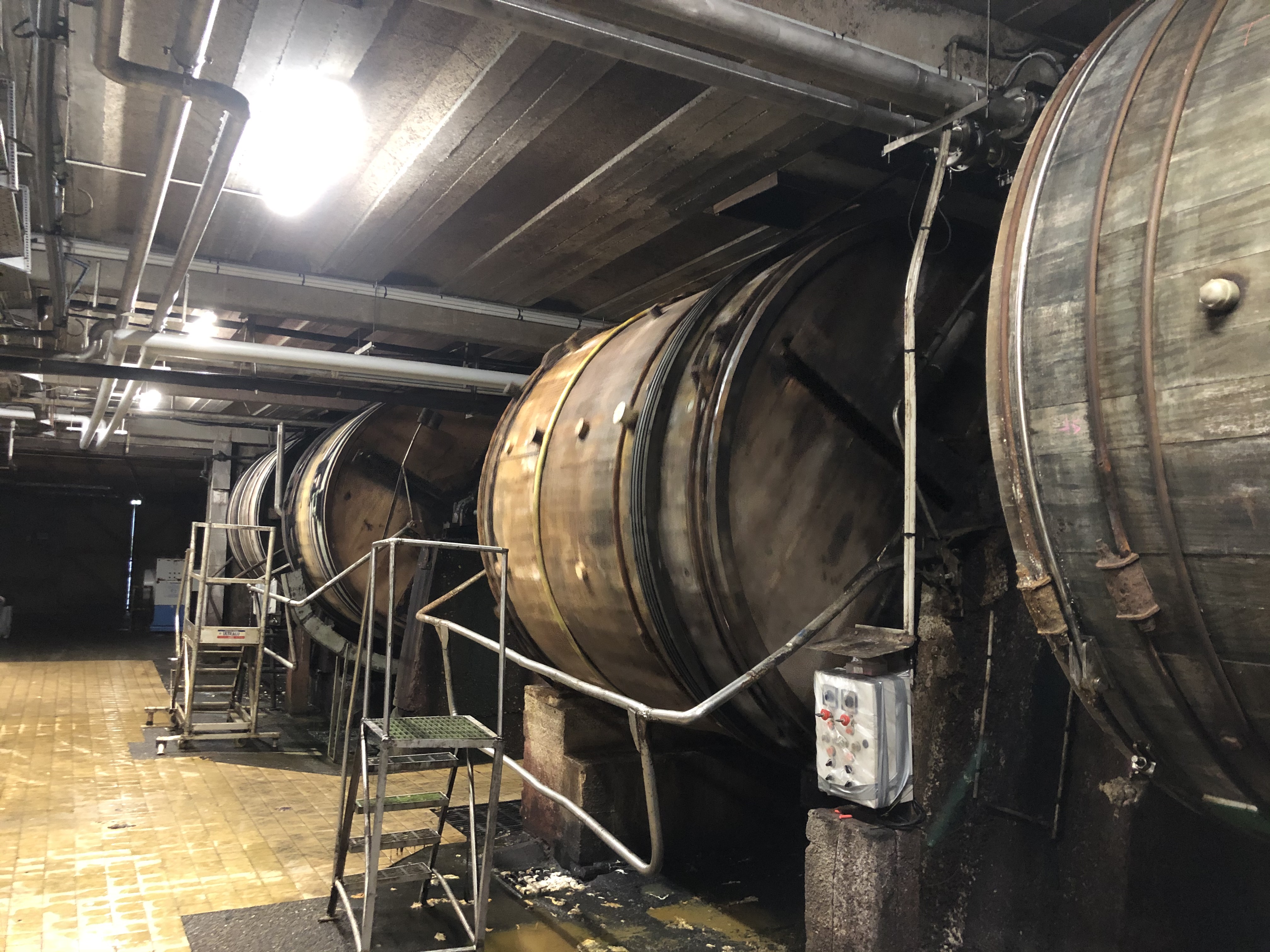
Vegetable tanning or mineral tanning: What differences?
Vegetable tanning:
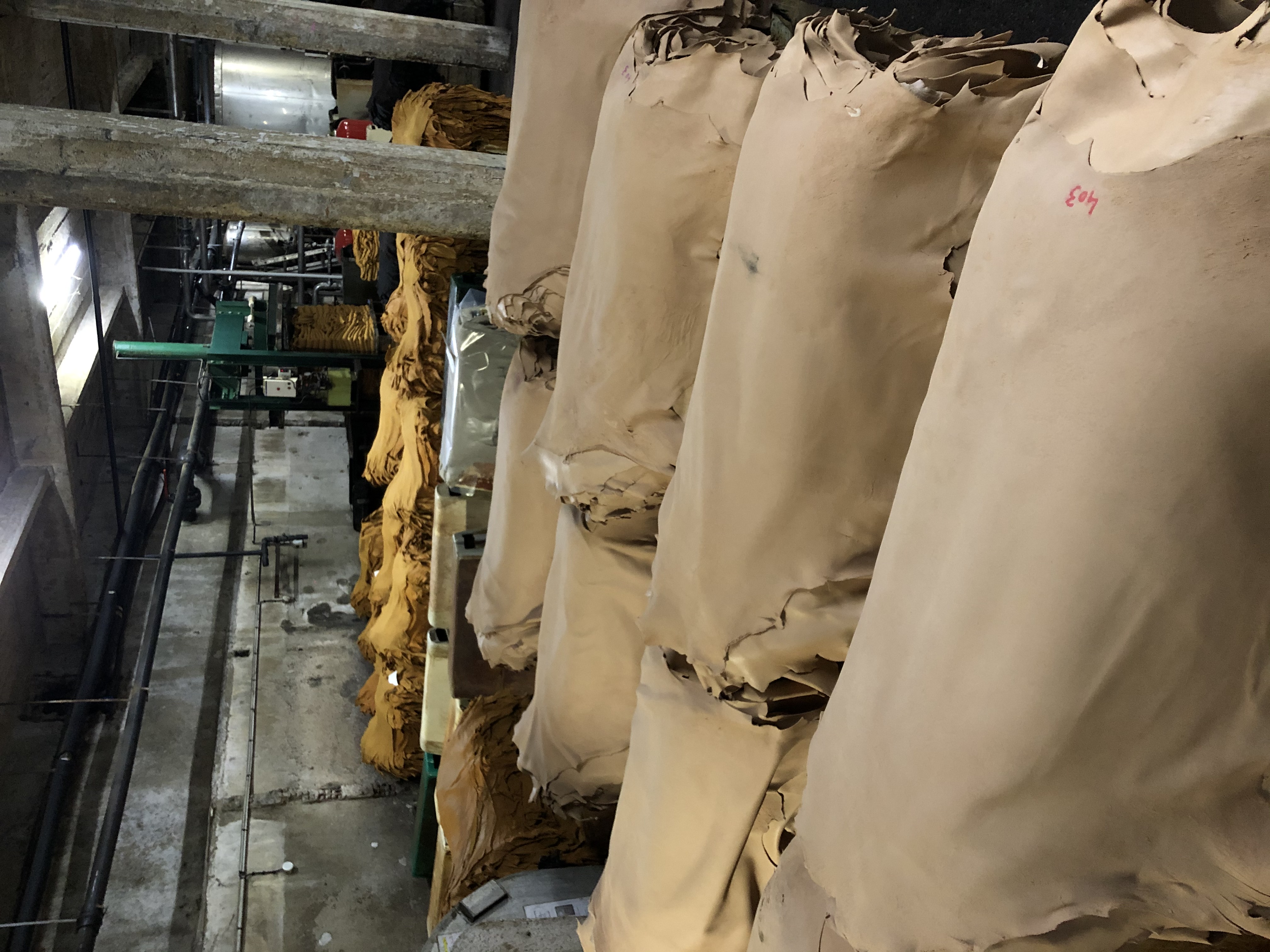
This type of tanning comes from an authentic savoir-faire, several generations old. Used by man long before the invention of chemicals, this precious heritage was transmitted and manages to renew itself daily. This method consists of treating the leather only on the basis of natural elements. Indeed, we are talking here about plant tannins such as: oak bark (known for its high tannin content) or powder extracted from plants, leaves or roots. These plant tannins, once incorporated into the skin, allow the skin to be imputrescible.
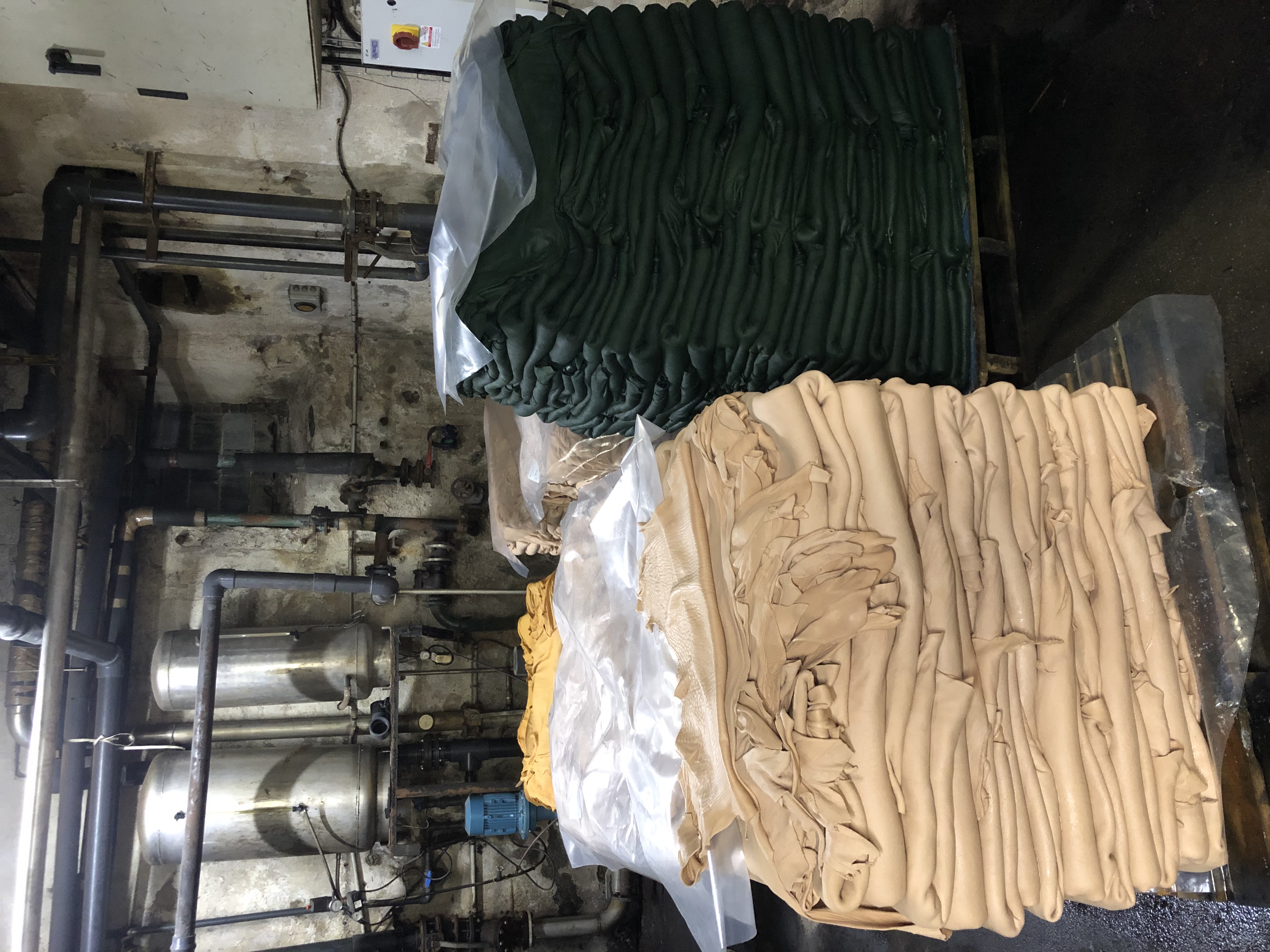
Immerse yourself in the world of vegetable leather through our various skins available on our website.
Chrome Tanning:
On the other hand, mineral tanning especially chromium tanning is a much more common method. Discovered and then introduced in the course of the 20th century, it now accounts for nearly 85% of the treatments used on skins*. This is due to its rapid production and low economic cost. Soaked in drums filled with acidic liquids such as chromium, or alum.
*(according to the national leather council organization in February 2018).
Is it possible to produce leather in an eco-responsible manner?
Modern tanneries are constantly evolving and must be in line with the laws laid down in the European regulation. It determines and evaluates the registration of chemicals with companies. As a result, the producer must guarantee a precise level of safety, by eliminating all substances potentially dangerous for its consumers.
New technologies and modern industrialization processes have enabled tanneries to make their working methods more eco-responsible. In fact, releases of organic waste to water have significantly reduced.
In addition, “Since May 31, 2018, it is no longer possible to manufacture or import chemical substances at more than one tonne per year, if they have not been registered*".This is a position that guarantees the evolution of a market that is becoming environmentally responsible.
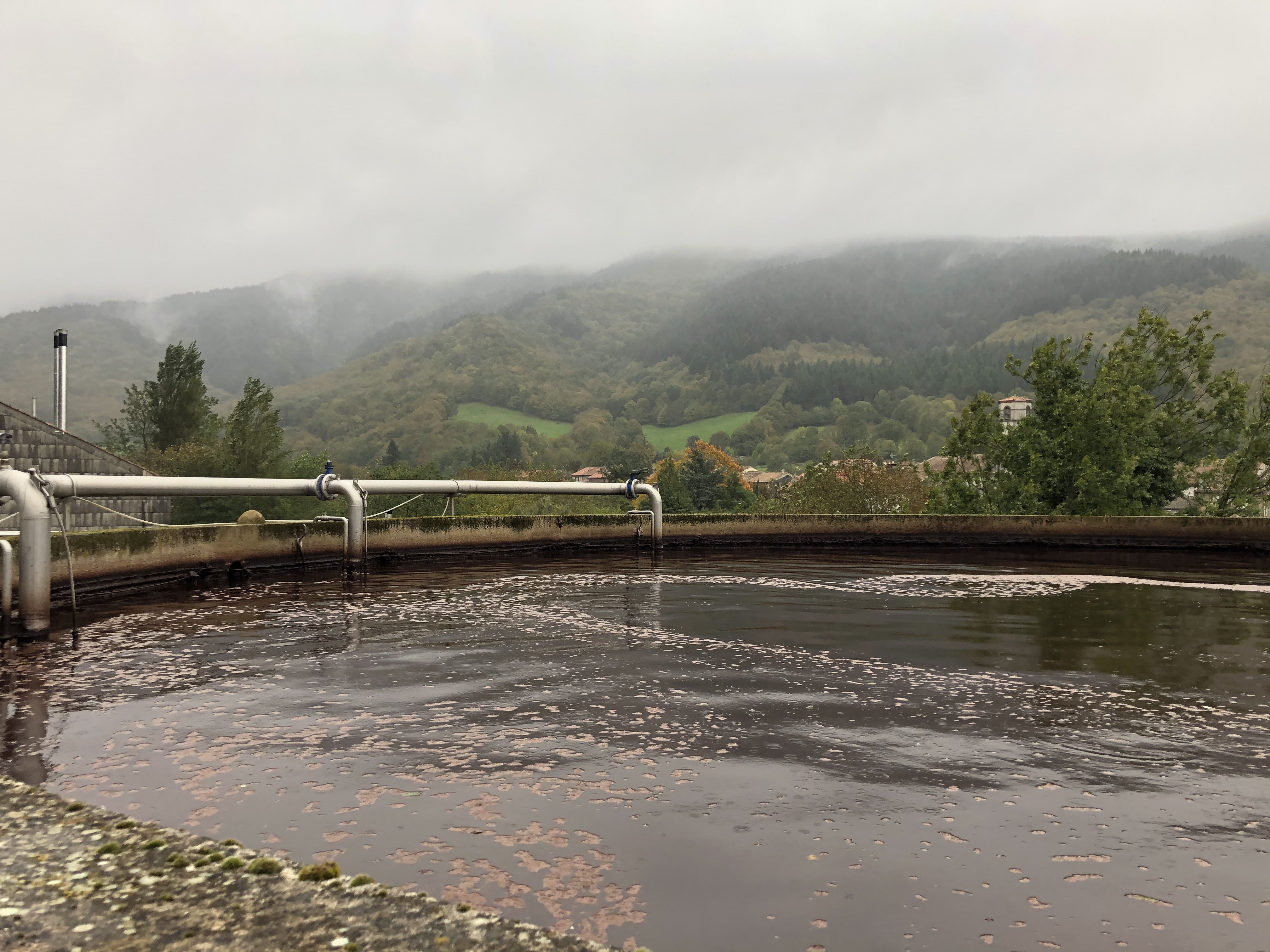
*ecologie.gouv.fr
We invite you to read our other articles on our BLOG.
You will find tips, tricks and technical elements that will allow you to become a real expert in the subject.

